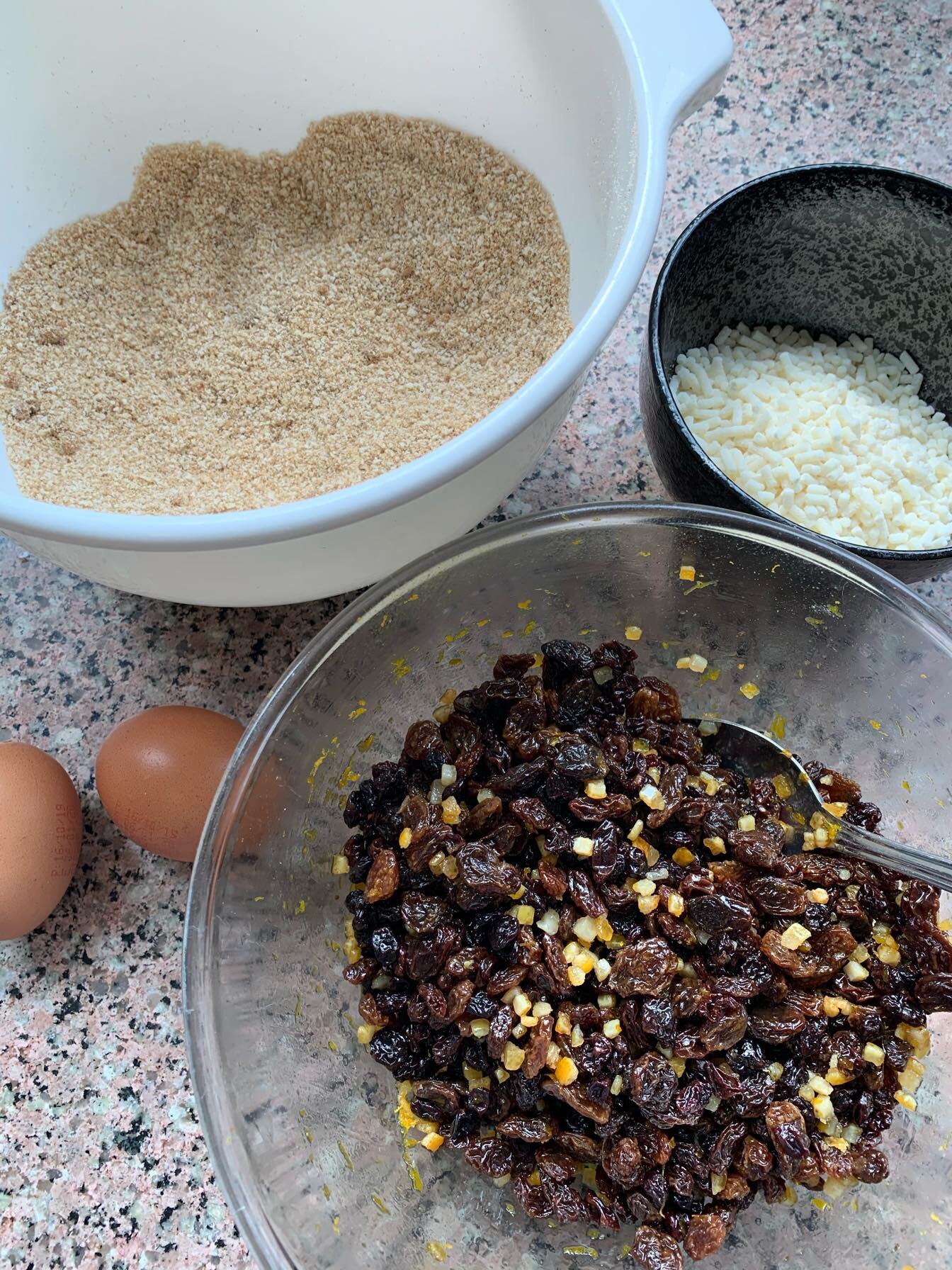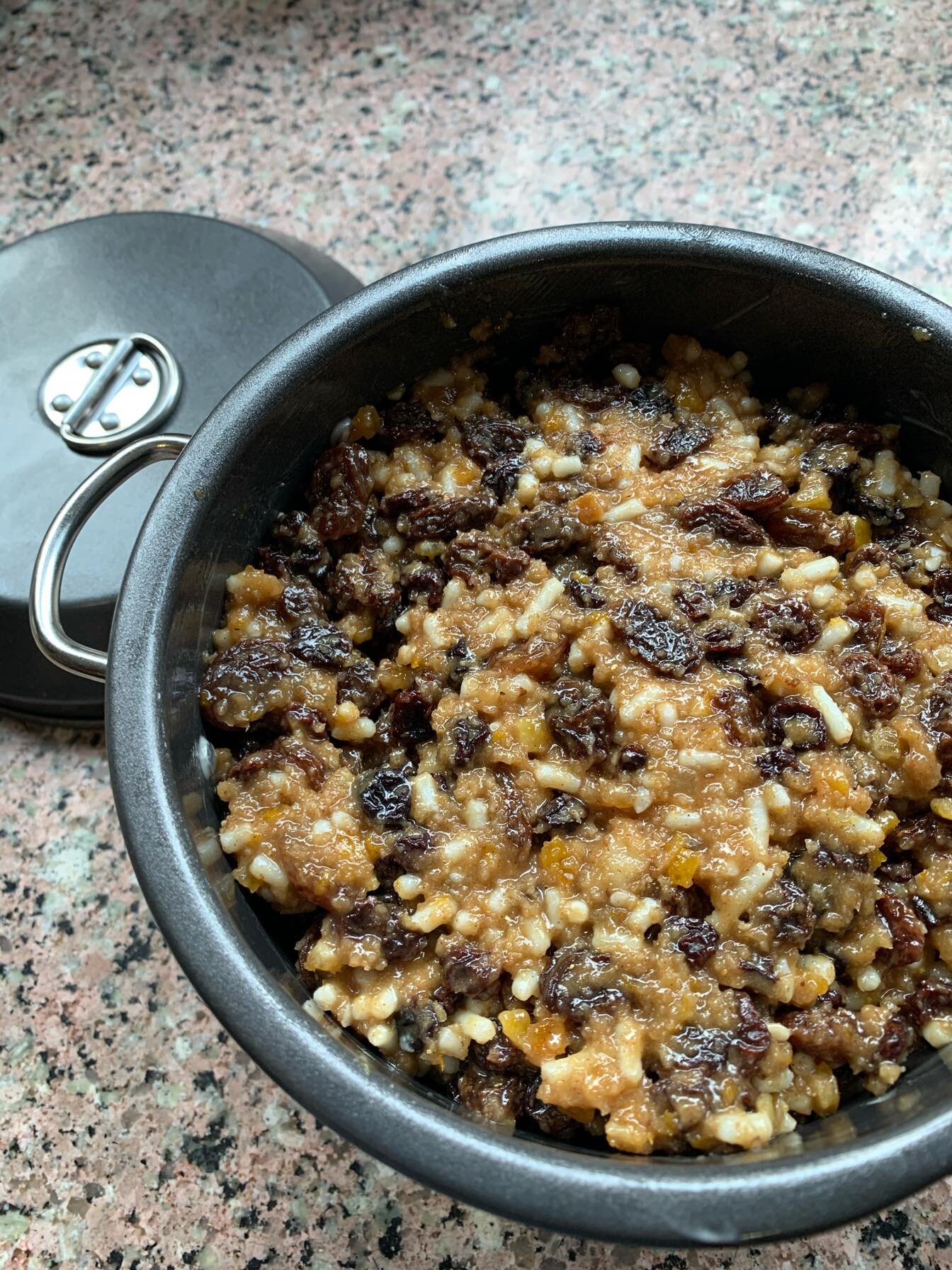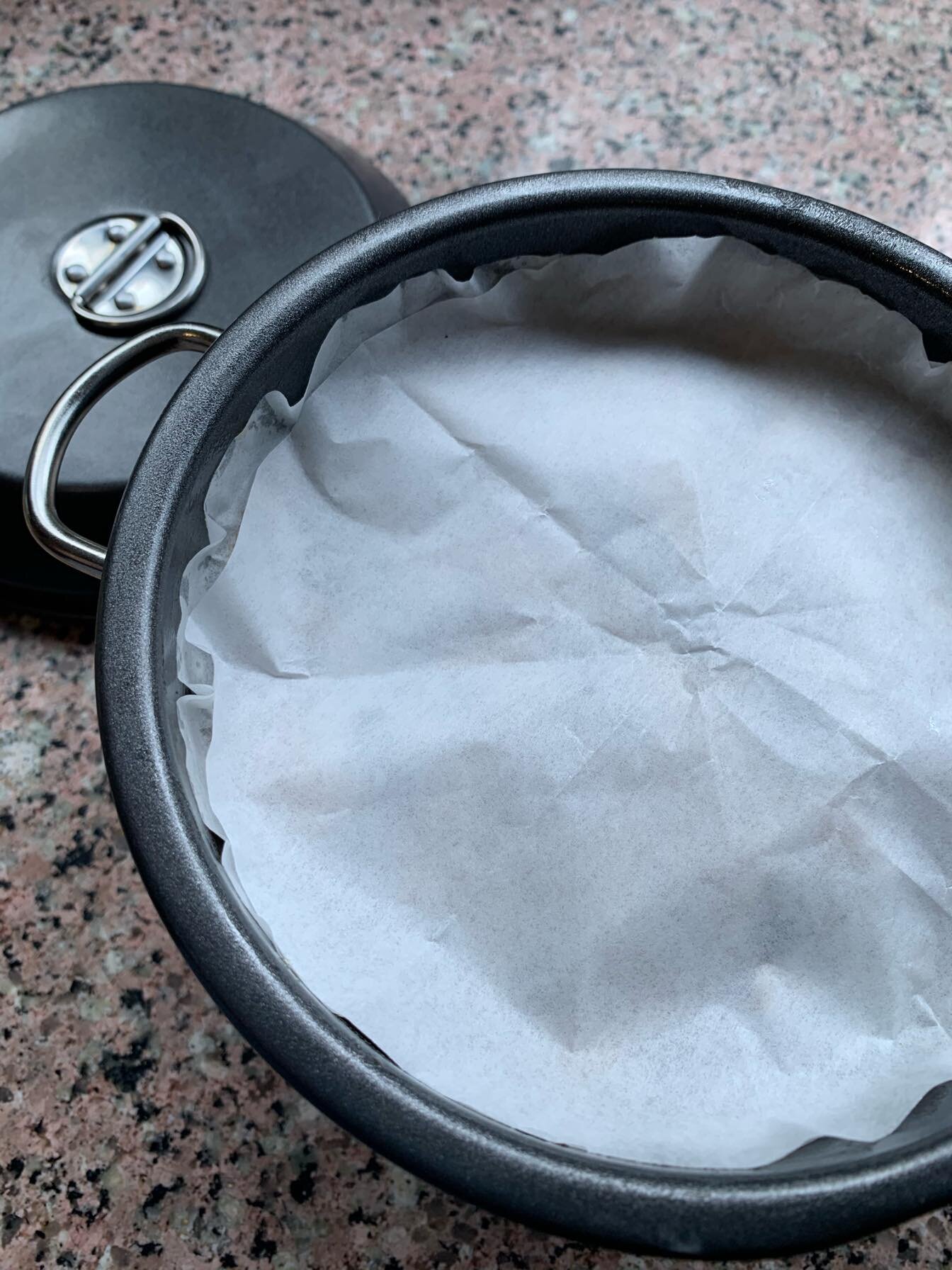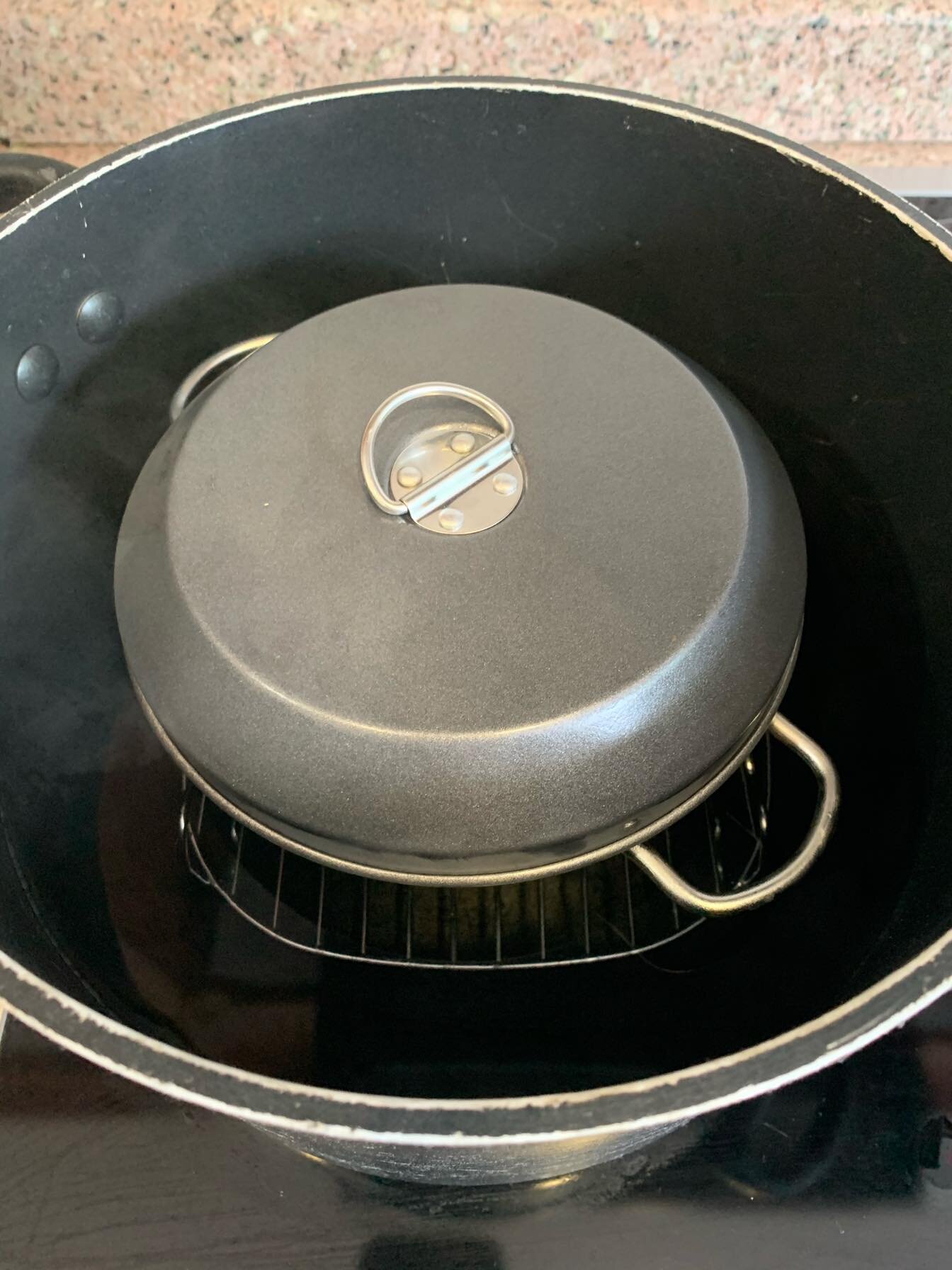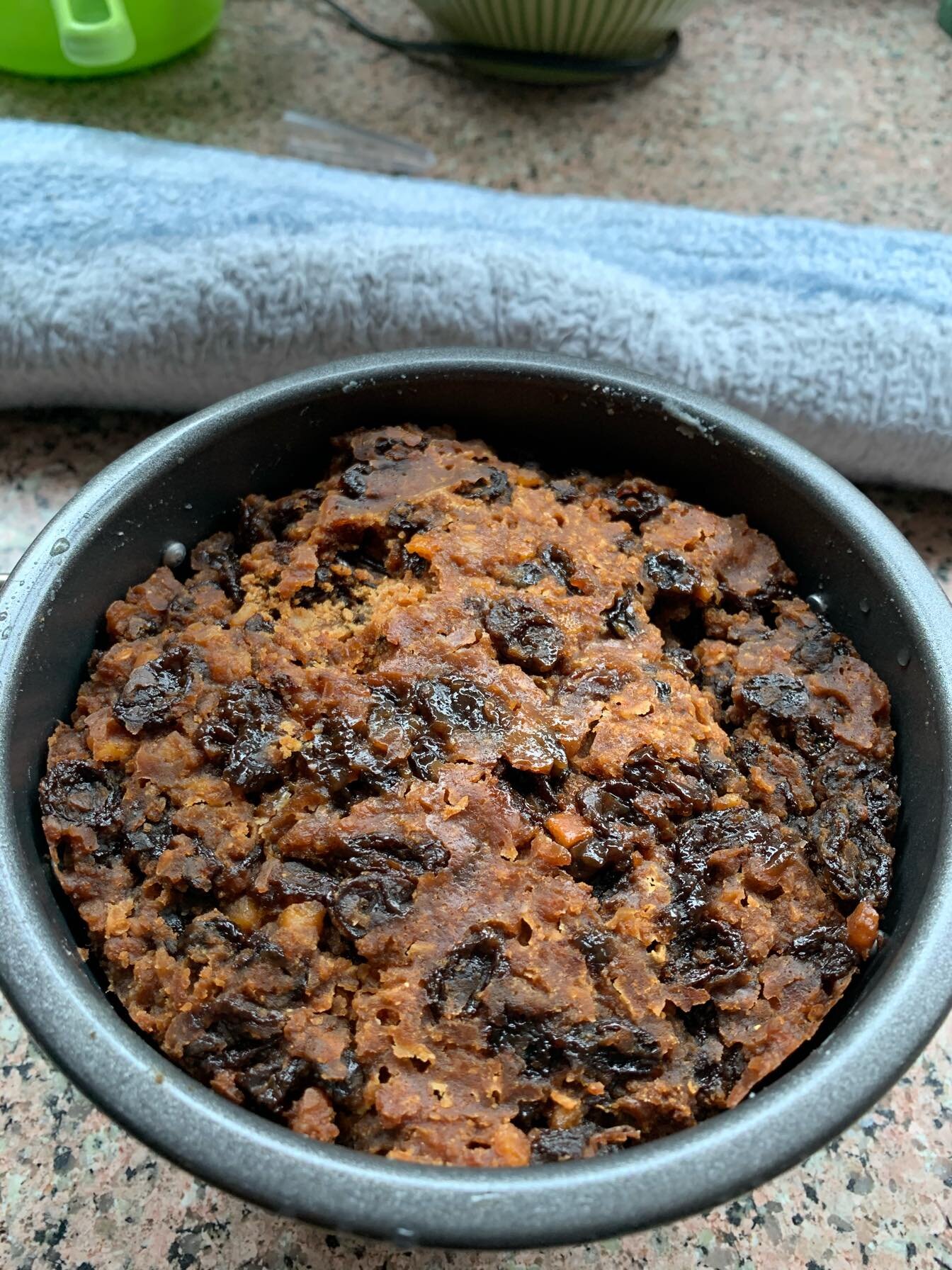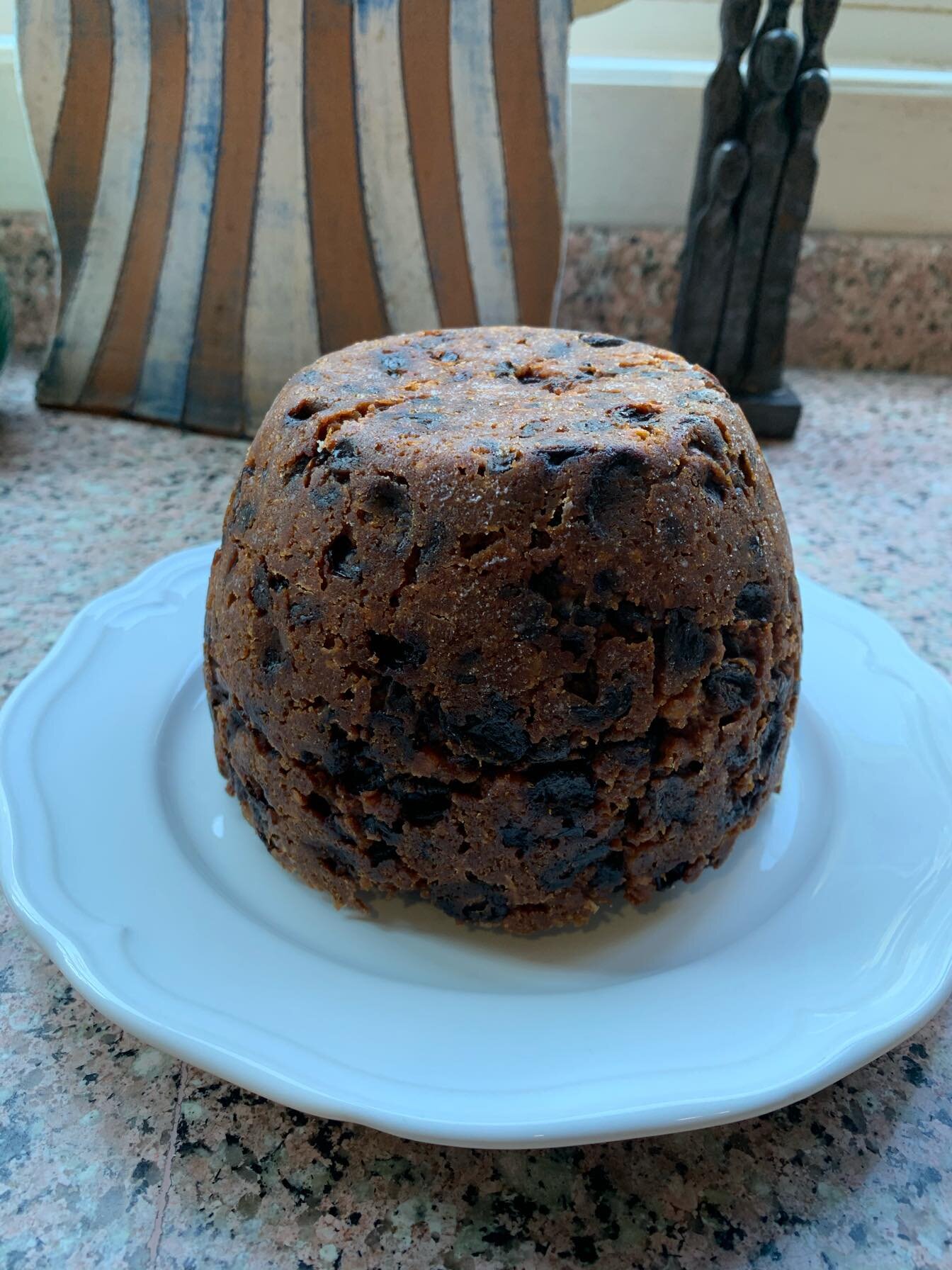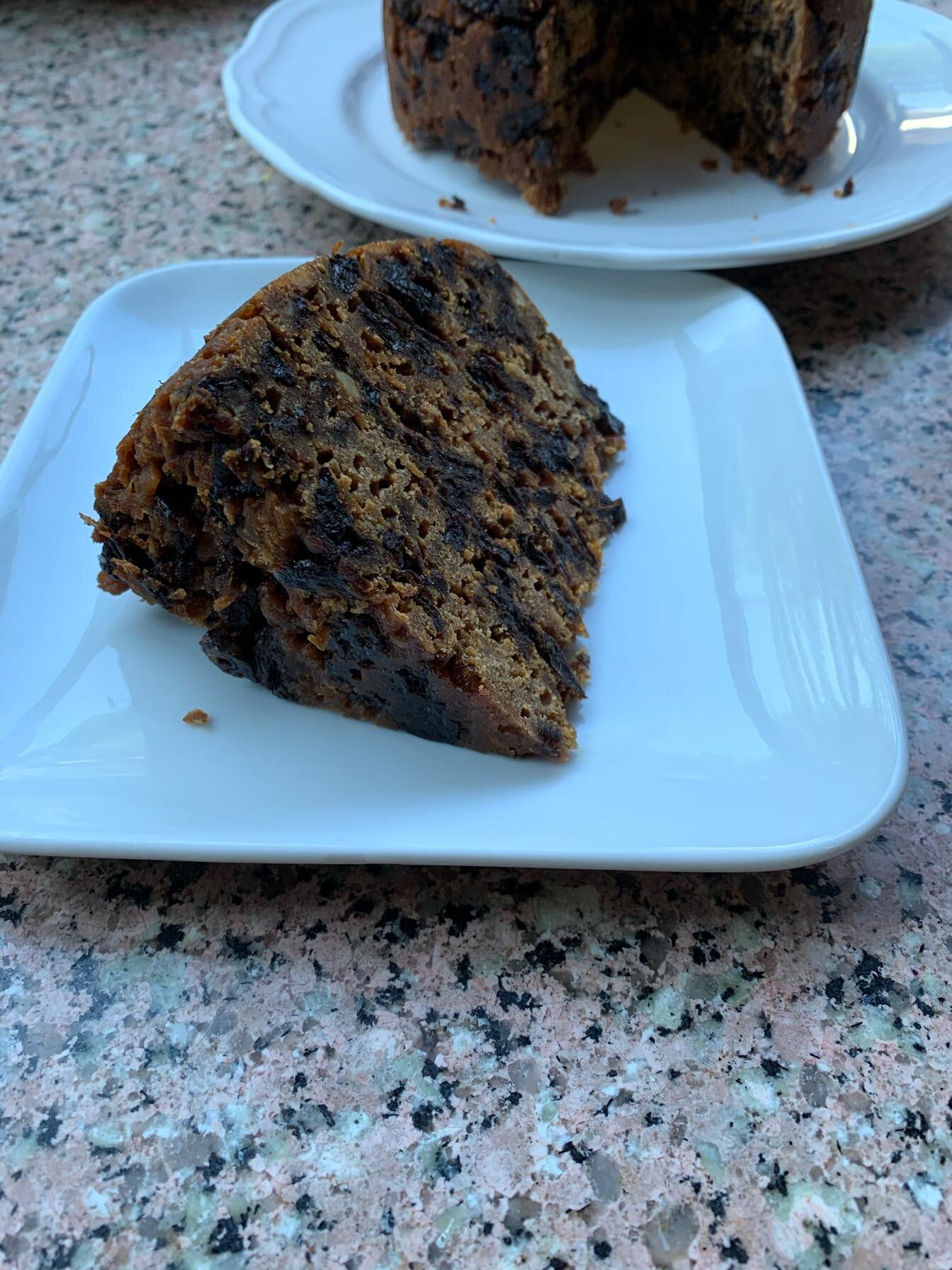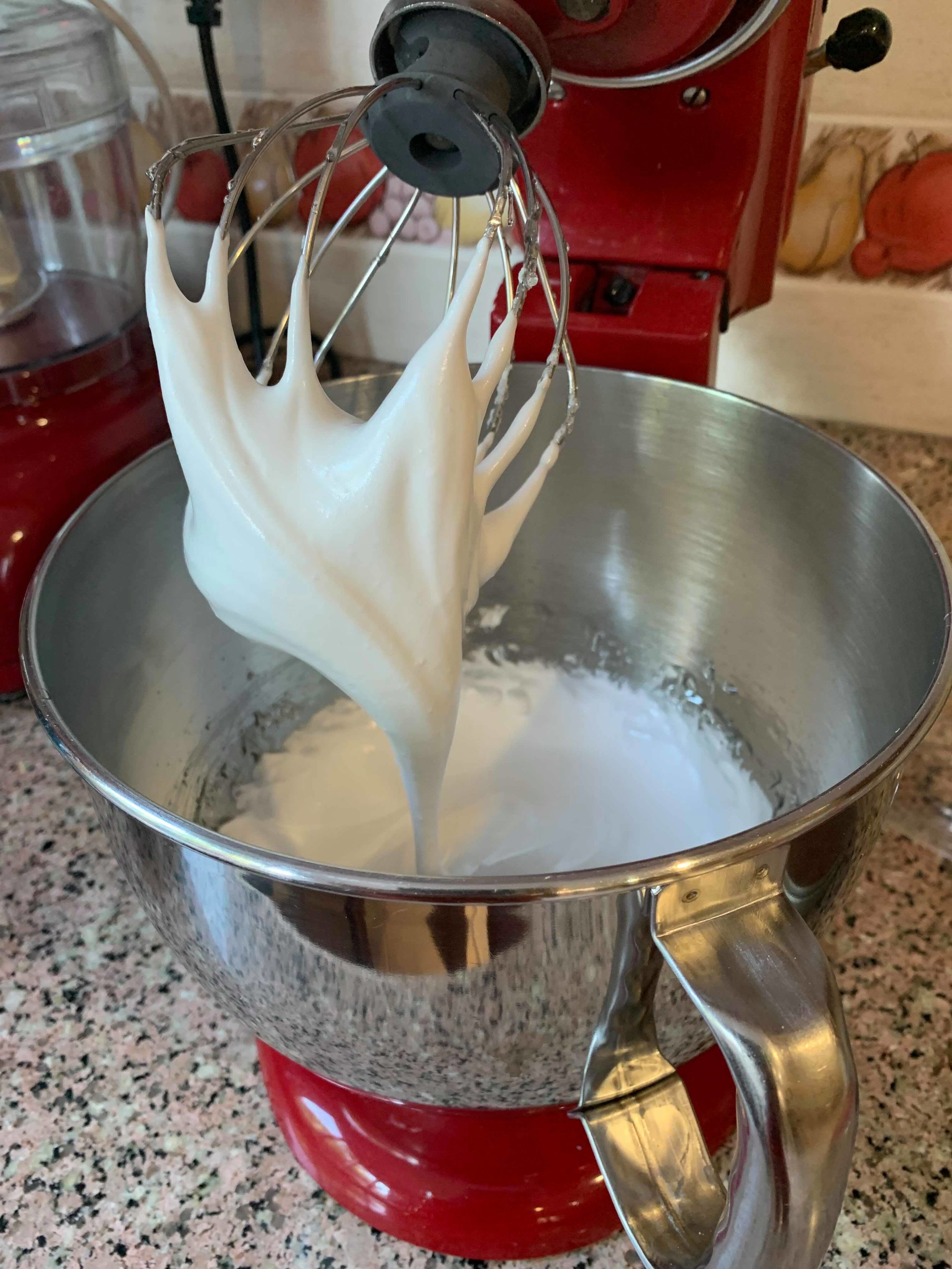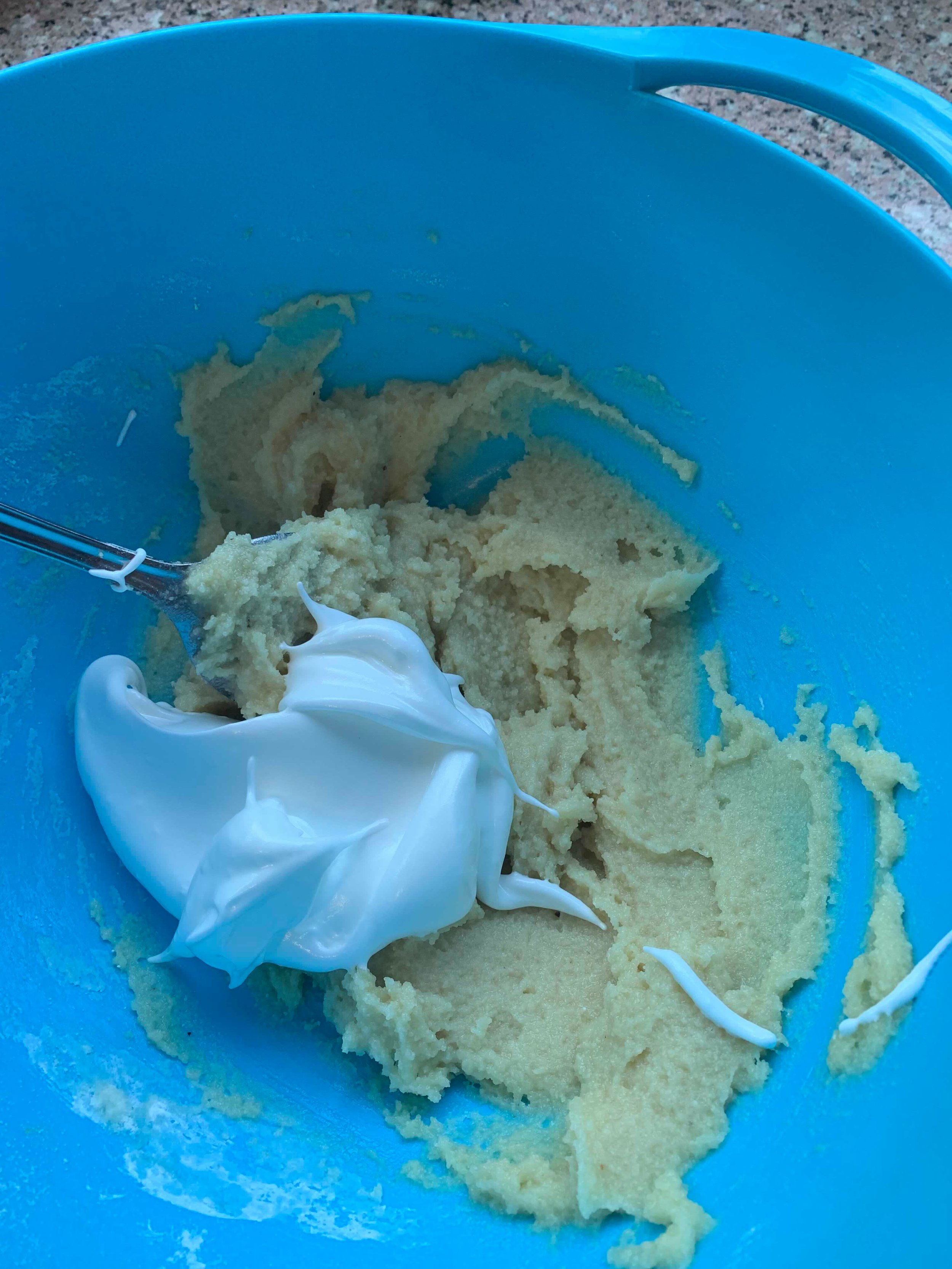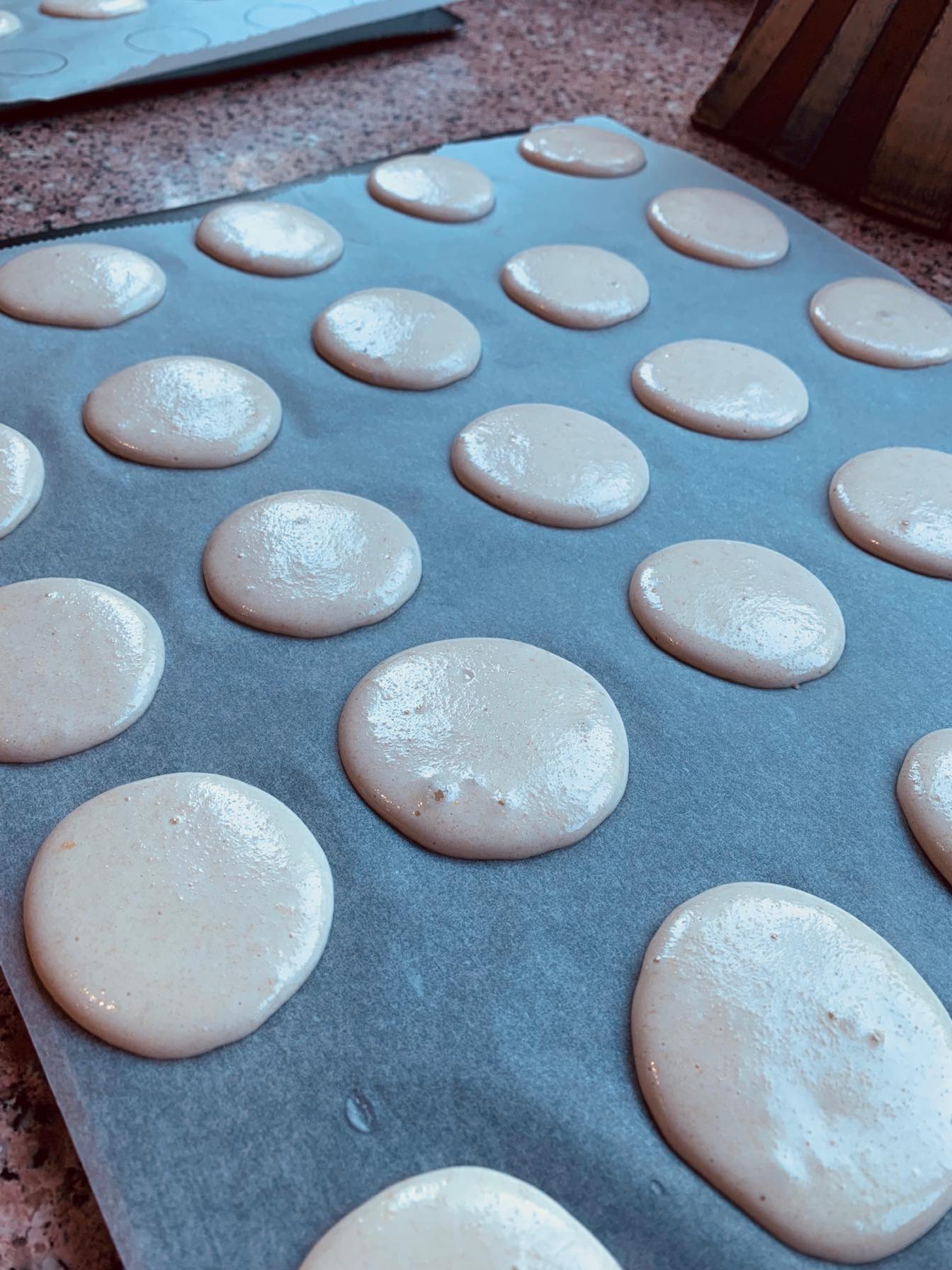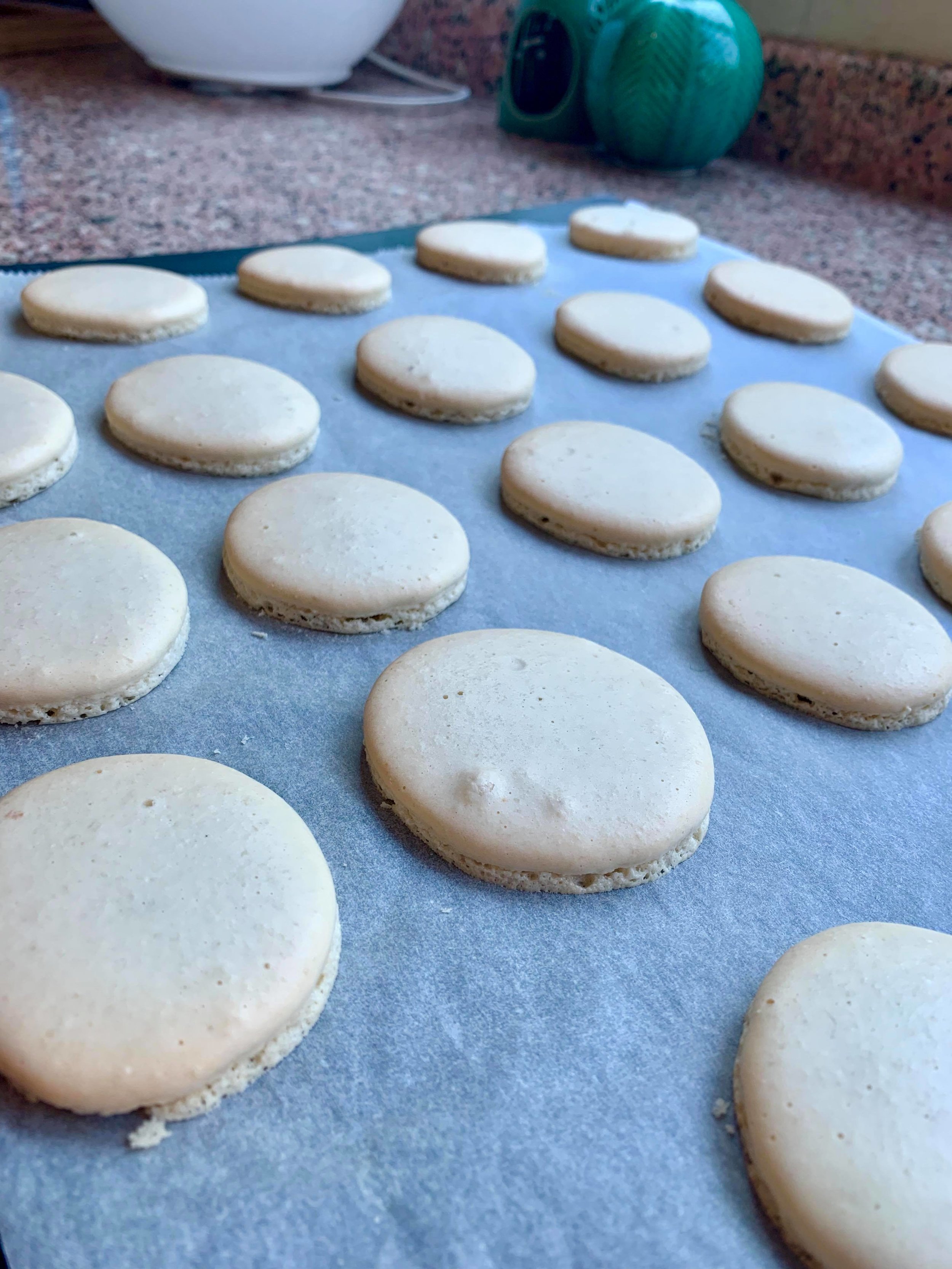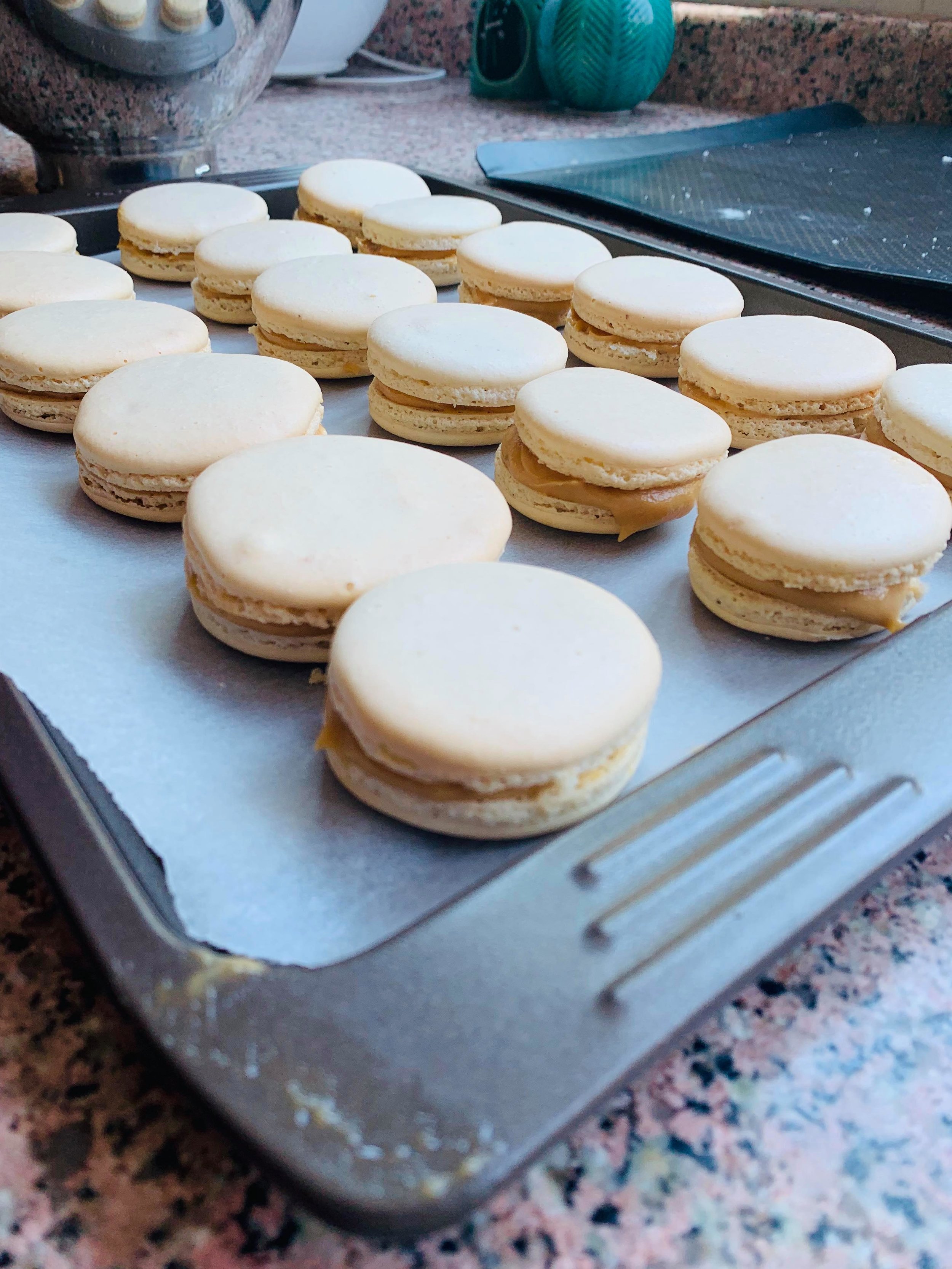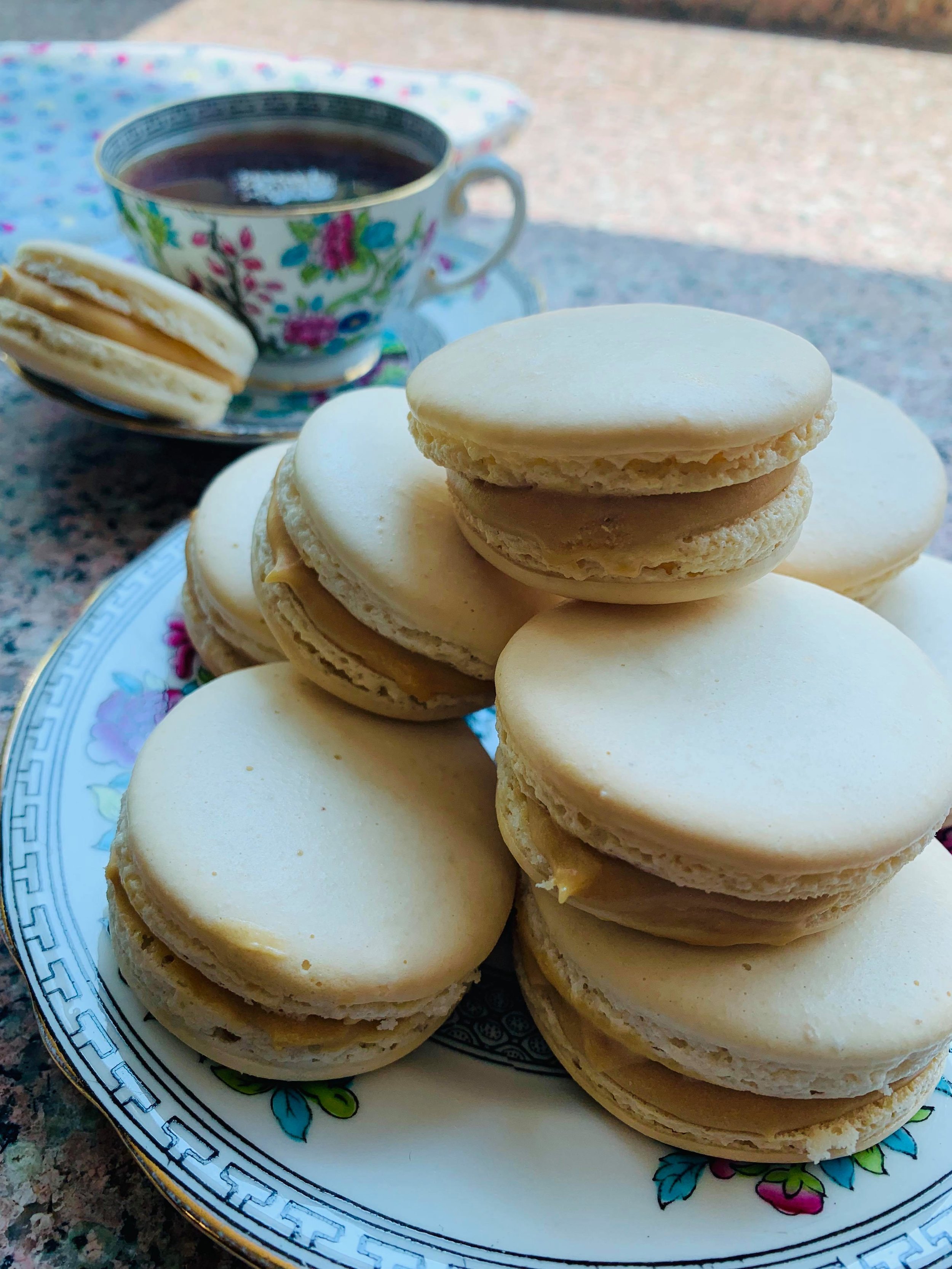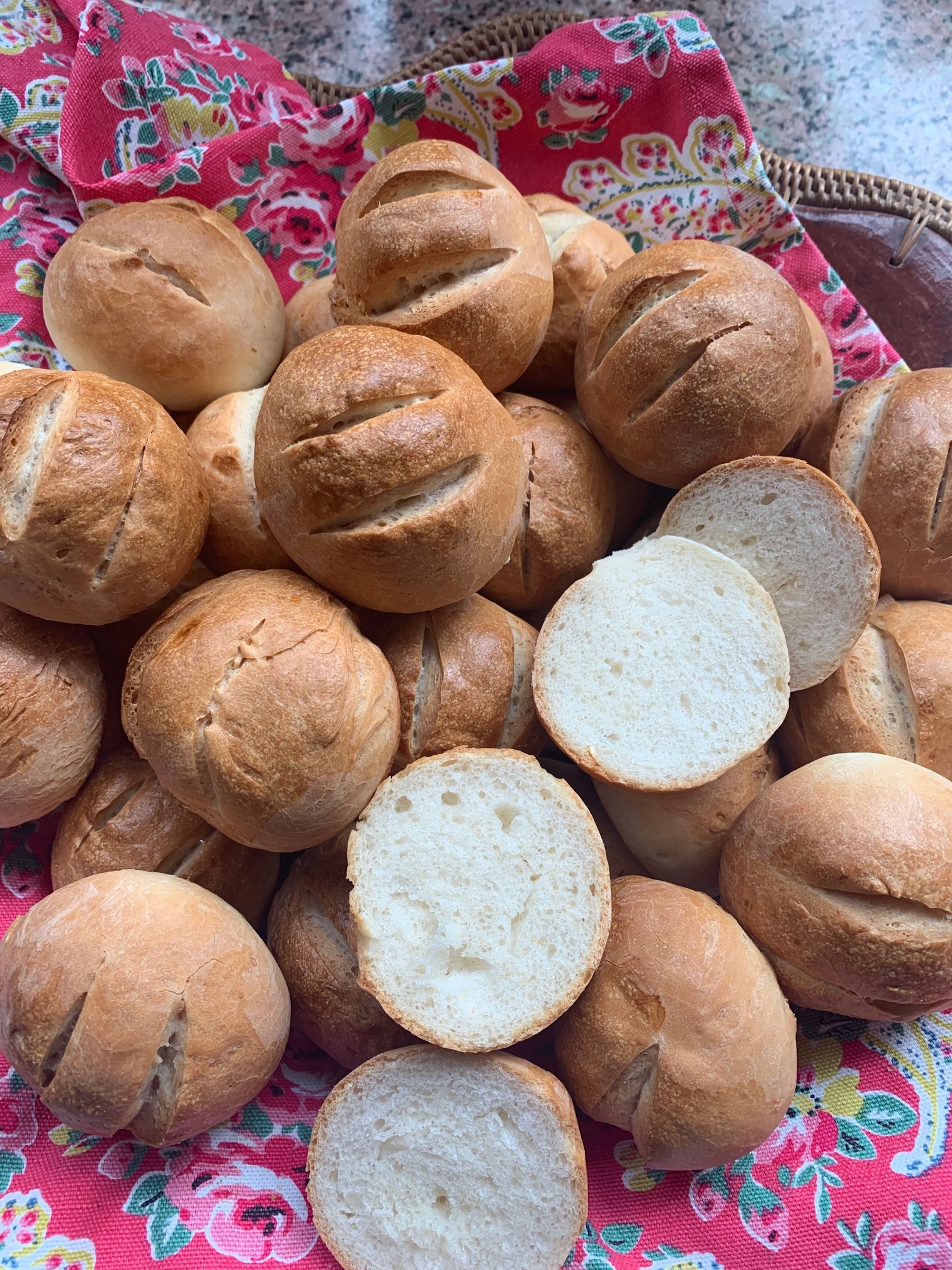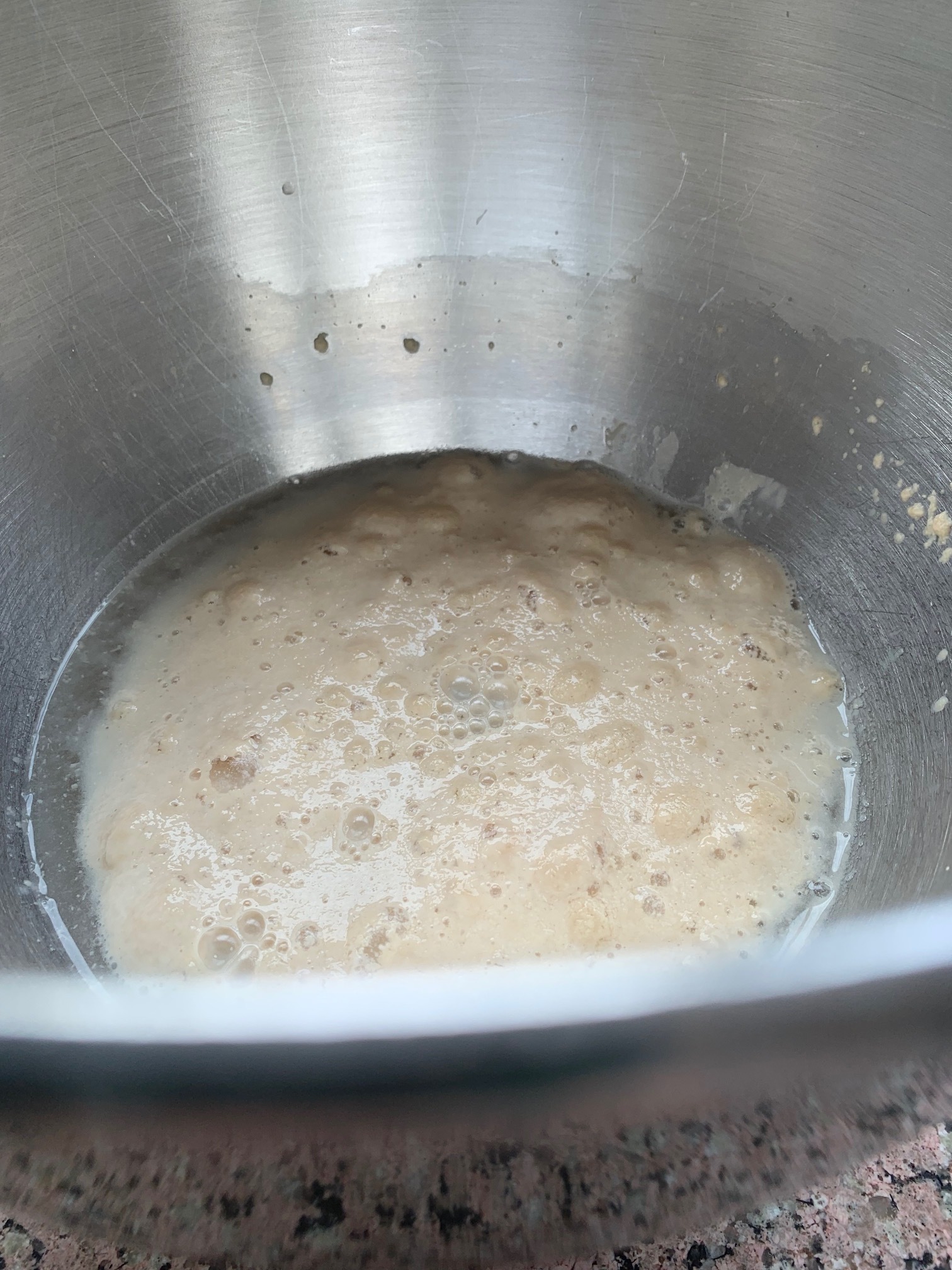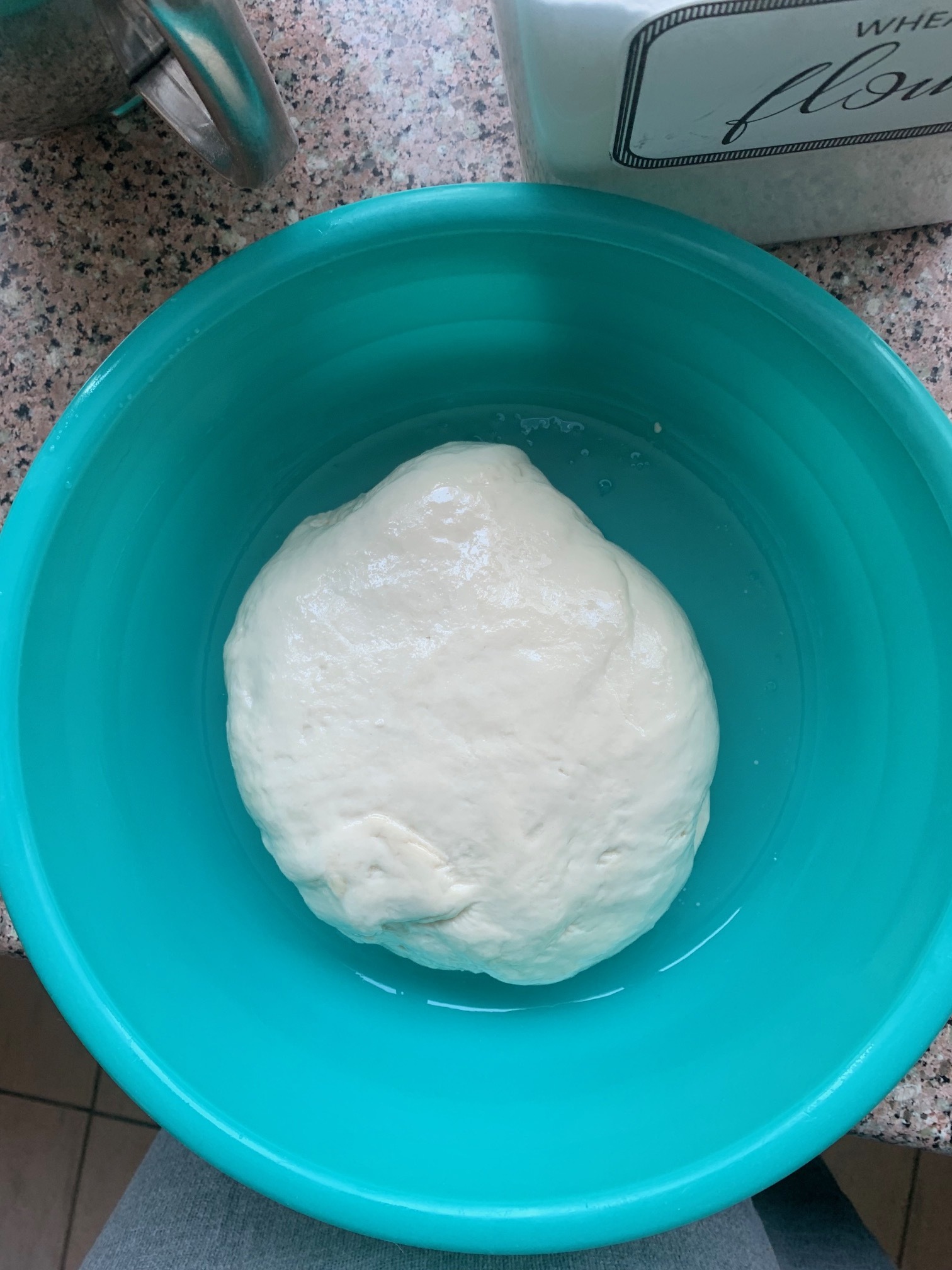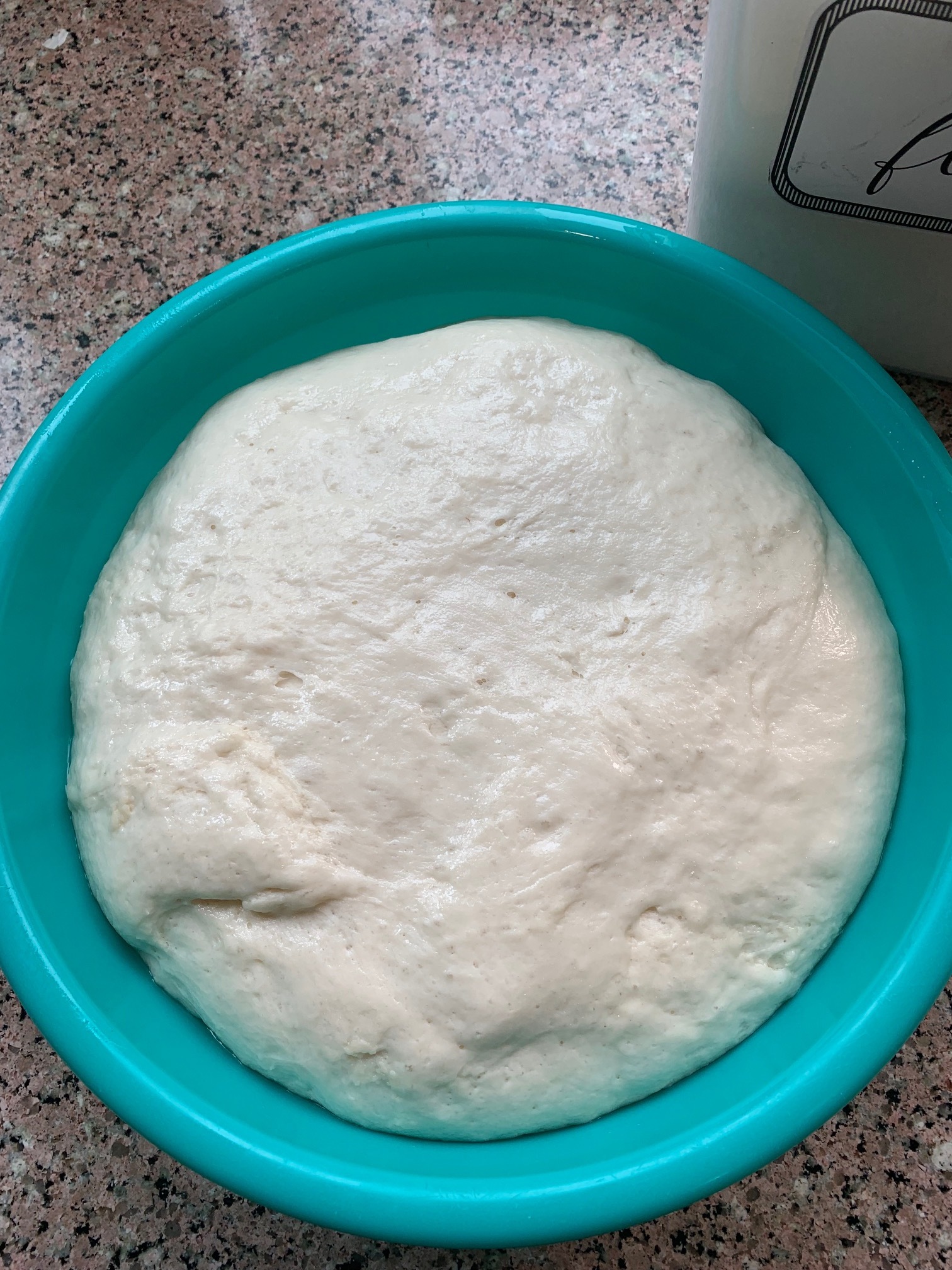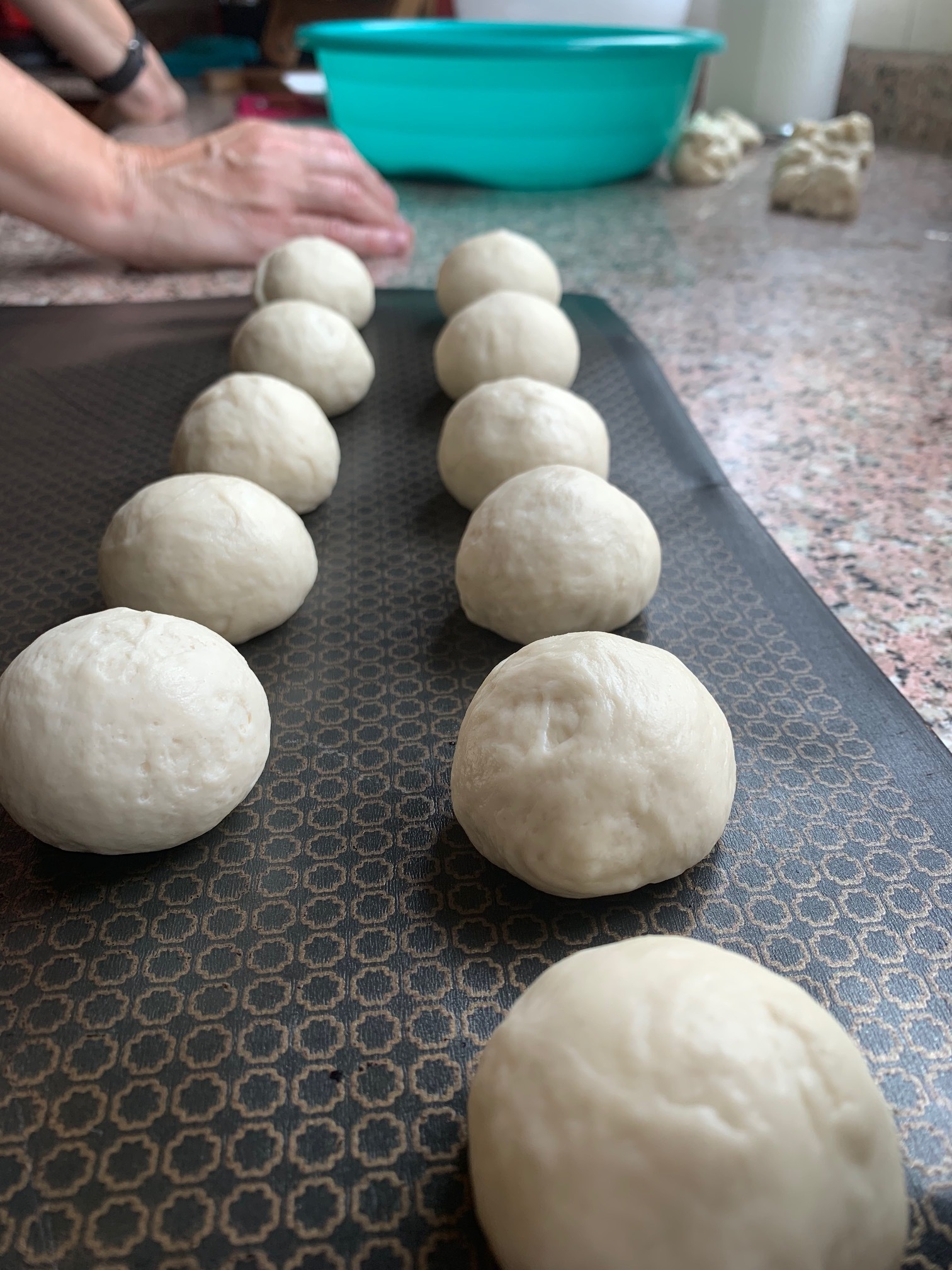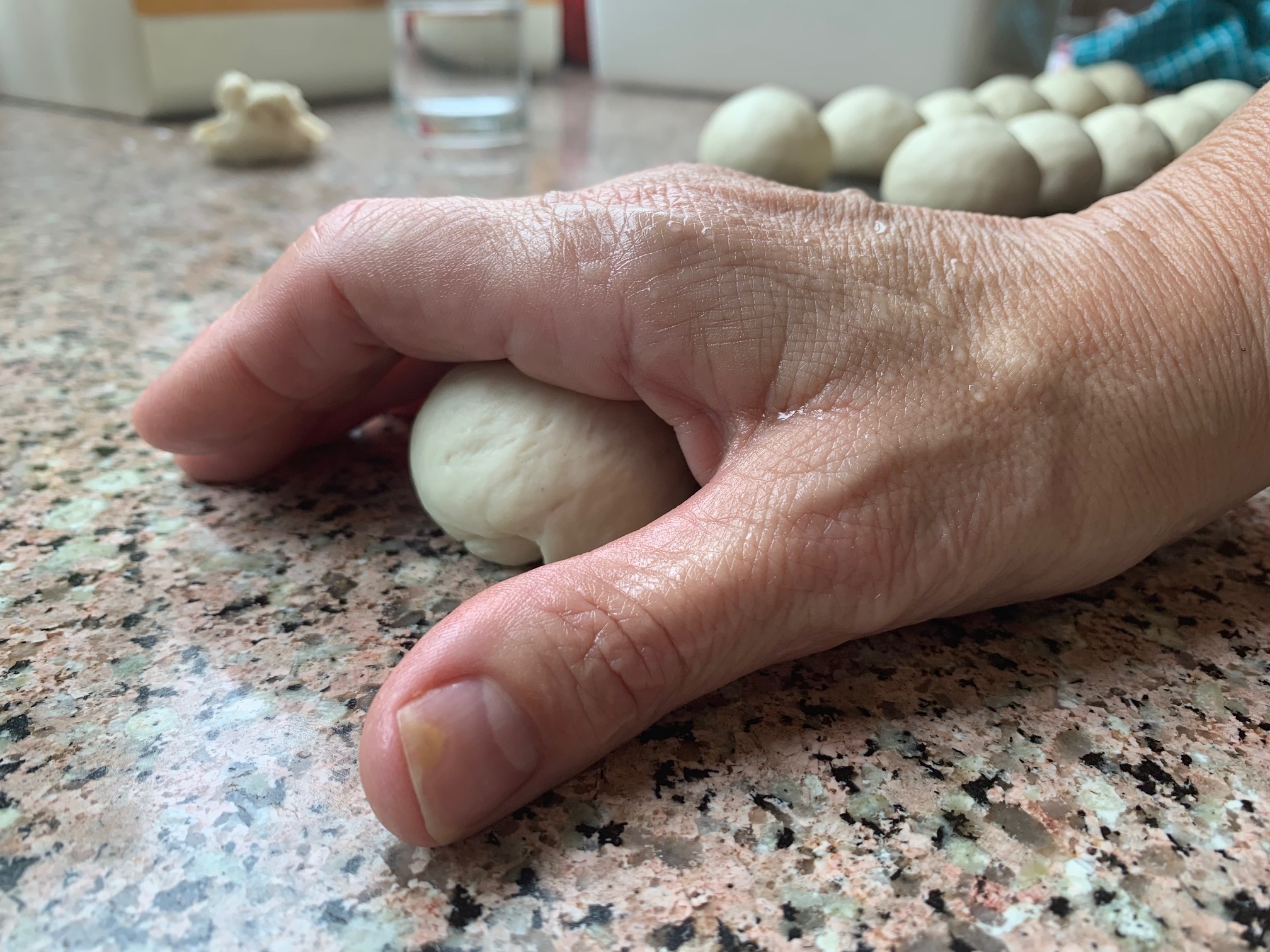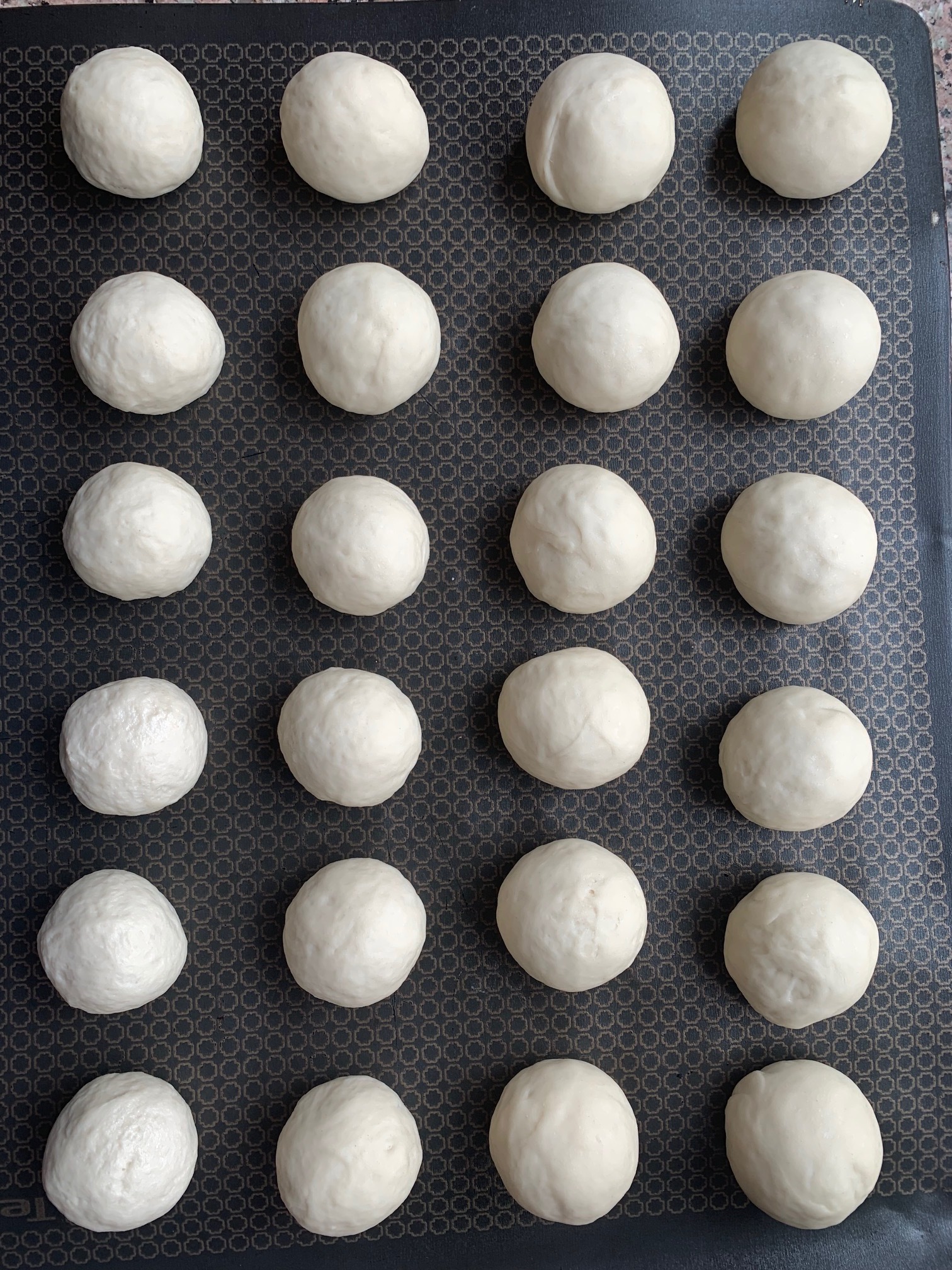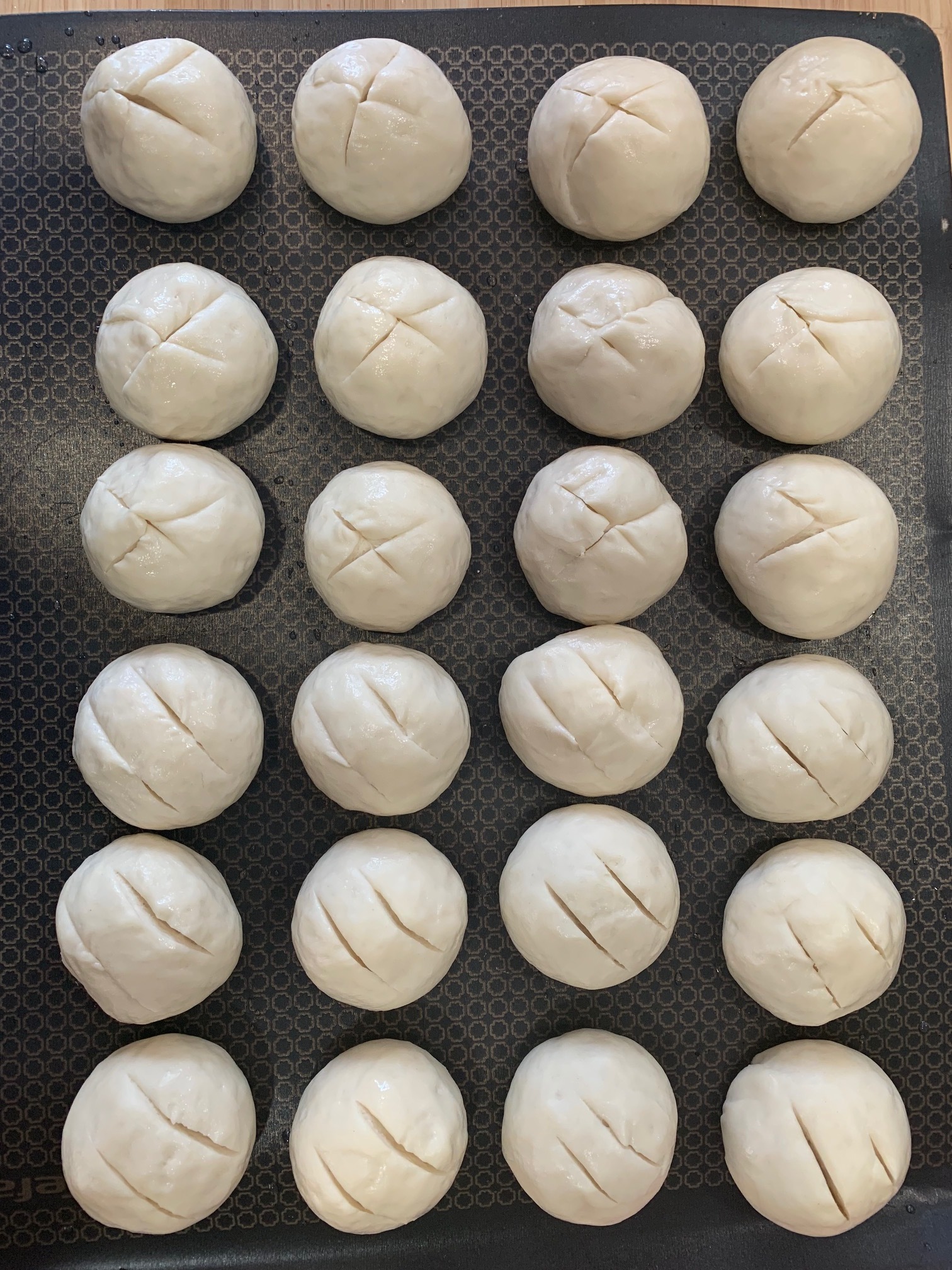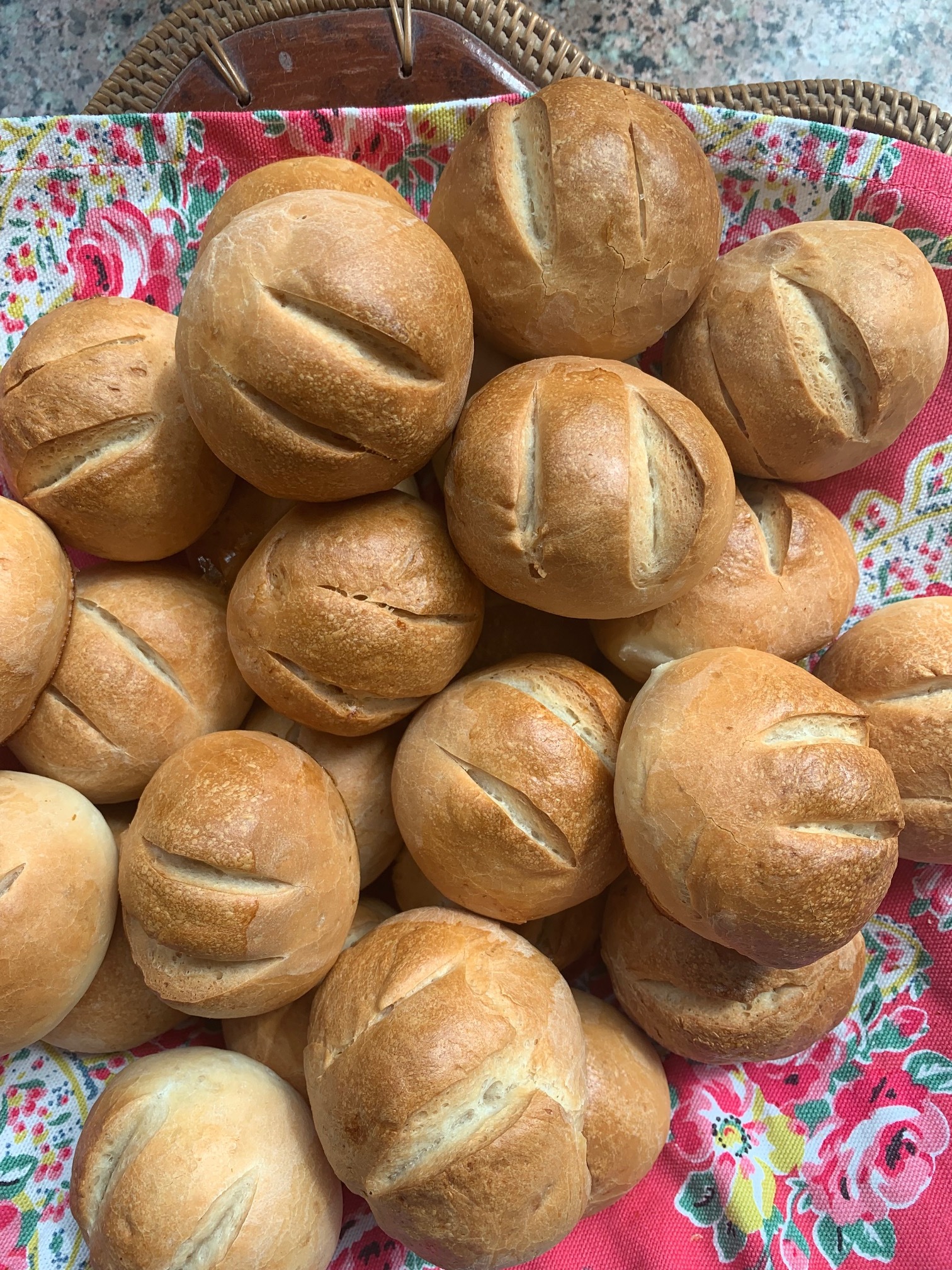Classic Christmas Pudding
/Christmas is such a joyous time, a time to reflect and be grateful. For me it starts on “Stir it Up Sunday”, when I make the Christmas Pudding. Traditionally this particularly Sunday (5 weeks before Christmas) is a time to gather friends and family and make Christmas Pudding or Christmas Cake. Each person stirs the mixture and makes a wish. I remember this well from my childhood with my mother - the Queen of Baking, and I take the opportunity to make her Christmas Pudding, put on Christmas music and dance around the kitchen thinking of her. Right, enough of the soppiness, let’s get on to the recipe.
Christmas Cake is a rich dense fruit cake, the longer you steam it the better, so get started early in the day to give it at least 6 hours to cook. It uses Suet rather than butter, largely because suet melts at a higher temperature and allows the pudding to set before melting. The risk with butter is that it melts first and the pudding doesn’t get as solid - it certainly doesn’t take away from the taste though, it just makes it less dense, so feel free to use it if you can’t find Suet.
It’s important to make it a few weeks early to give the flavours time to get together and have a party, the result is fragrant, rich, dense lushness. The exception to this is… you may choose to substitute orange juice for the brandy to make a non-alcoholic version, in which case it doesn’t keep as well and should be made a couple of weeks before and stored in the fridge - still tasty nevertheless.
Enjoy and
Happy Cooking
gill
My Mum’s Christmas Pudding
500 grams mixed fruit (currants, sultanas and raisins)
2 tablespoons candied peel
1 small apple, cored, peeled, and finely chopped
juice and zest of 1 orange
juice and zest of 1 lemon
1/4 cup brandy (or orange juice for non-alcoholic)
60 grams flour
1/4 teaspoon baking powder
1/4 teaspoon salt
2 teaspoons ground mixed spice
1 teaspoon ground cinnamon
120 grams suet
120 grams brown sugar
120 grams fresh breadcrumbs
2 tablespoons ground almonds
2 large eggs, lightly beatenzest
Method
Grease a 1 litre pudding bowl.
Mix dried fruit, peel, lemon and orange zest and juice, apple and brandy together in a bowl, cover and refrigerate overnight.
Sift flour, baking powder, salt, mixed spice and cinnamon together.
Add suet, brown sugar, breadcrumbs, and ground almonds and mix well.
Add mixed fruit mixture and eggs and stir it well. This is where the family if they’re inclined stir the ingredients and make a wish (worth a try right).
Put the mixture into the greased pudding bowl and cover with baking parchment. Pop the lid on the bowl if you have one. If not, cover the top with two layers of tinfoil and wrap with string, creating a handle at the top of the bowl with the string to make it easy to lift in and out of the pot.
Place on a metal trivet in a large pot and full the pot to half way up the side of the pudding. Pop the lid on the pot. Bring to a gentle simmer and steam for 6 to 8 hours. Keep topping up the water in the pot if needed so that it doesn’t boil dry.
Remove the pudding from the pot, open the lid, take a moment to breathe in all those lovely flavours. Poke a few holes in the pudding and sprinkle with 2 tablespoons of brandy and cool.
Remove the pudding from the bowl, wrap in fresh parchment paper and store until Christmas Day. To reheat, simply pop it back in the bowl, cover with baking parchment and steam for an hour.



